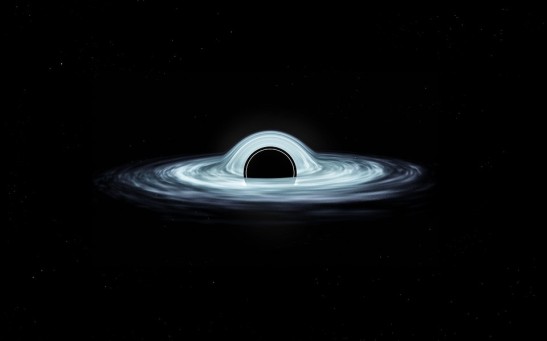SPACE
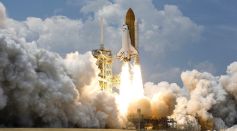
Six-Week Trip to Mars? VASIMR Plasma Engine Could Propel Spacecraft to the Red Planet in a Short Period of Time

Mysteries of the Universe: Two Meteorites Shed Light Into Deep Outer Space
Space Dust Should Be Studied for ‘Potential Signs of Life’, Japanese Astronomer Says
AI Reveals First Stars Were Formed in Clusters, Not Born Alone [Study]
NASA Releases Incredible Photos of DART Crashing 520-Foot Asteroid Dimorphos

Two Uranus Moons Might Be Harboring Active Oceans That Release Materials to Space, Research Suggests
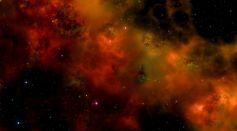
Space Exploration Revolution: NASA's 'Pellet-Beam Propulsion' Could Enable a Probe to Reach Interstellar Space in 5 Years

Meteor Crash 3.48 Billion Years Ago: Scientists May Have Found the Earliest Evidence for a Meteorite Impact
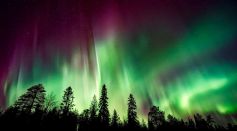
Northern Lights Could Become Visible in the UK and US Tonight Due to Winds Blown From a Giant Hole in the Sun's Atmosphere

TikTok 'Time Traveler' Claims That an Alien Invasion Will Hit, Lead to the Abduction of 8,000 Humans
300-Foot Wide Asteroid Approaching Earth, Moon This Weekend; Rare Occurrence Only Happens Once in a Decade

Where Did the Moon Come From? Here Are Some Theories That Explain Lunar Formation
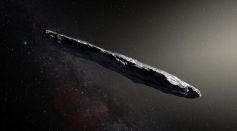
More Updates About Oumuamua: First Interstellar Comet's Strange Orbit Explained by Hydrogen Outgassing From Ice, Study
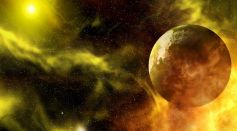
Ultra-Powerful James Webb Telescope Picks Up Dust Storm on a Distant Exoplanet
Most Popular

10 Weird Things the Human Body Does—and the Science Behind These Biological Mysteries

Top Space Technology Trends and Aerospace Innovations Revolutionizing the World Today

Why Mega Typhoons Keep Getting Stronger: The Science Behind Typhoon Formation and Extreme Weather

How Plate Tectonics Trigger Earth's Most Dangerous Disasters Through Powerful Seismic Hazards

